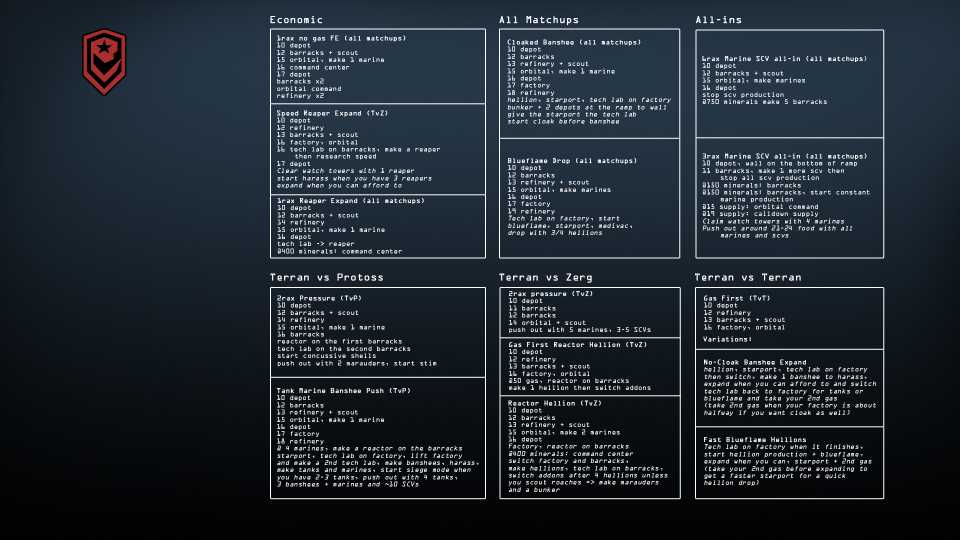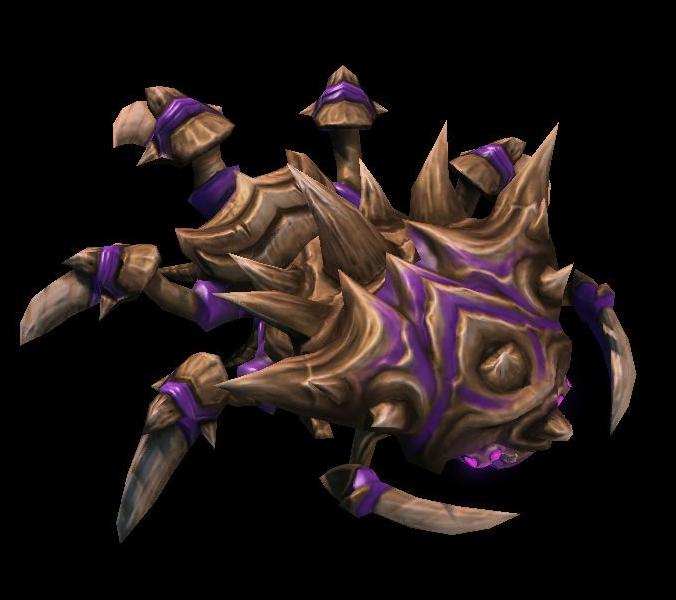

Choosing one denies you the ability to research the other at that level, and you must do your best to get as many artefacts as you can to actually get to the end of the research tree, so try your best to find those artefacts and choose your research topics wisely. Now don’t get too excited, they’re more beanstalks that actual trees, as once you reach a certain level on either of the separate trees, you get to choose between a generally defensive or offensive piece of technology to help you further in the game. These artefacts each equate to a single point on the Zerg and Protoss research trees. Other characters onboard the Hyperion serve to give you access to new technologies or troops.Įgon Stetmann, annoying boy genius, is your one man science team who researches various Zerg and Protoss artefacts which he asks you to suicidally seek out during some missions. You’ll find yourself robbing trains or defending your base by night and attacking the enemy by day in a zombie-inspired hold the fort scenario, or even more imaginatively building your forces up whilst moving your buildings to new locations every few minutes to stay one step ahead of a supernova-induced wall of flame – they’re all interesting and all quite replayable. In fact, Blizzard have excelled in making sure there’s a unique take on every single mission. There’s certainly no shortage of mission variation however. Some are fairly mundane colonist babysitting missions from the two-dimensional Dr Ariel Hanson in which you spend lots of time evacuating and defending, whilst others include more aggressive escapades dispensed by Tychus and “pirate of the Caribbean” Gabriel Tosh as well as an interesting mini-campaign from Raynor’s old Protoss buddy Zeratul in which you actually get to play the Protoss, an ancient race with potent psionic abilities and highly advanced technology.Ī few of these side missions give you choices along the way – defend the colonists and anger the Protoss, or join up with the evil-looking Tosh or betray him, though sadly these choices have very little-to-no effect on the central storyline. Many of the characters give you linear side missions to complete. This interface is present throughout the game, beginning in a bar on Mar Sara, moving to the Hyperion and even to the front lines of a pivotal battle at the game’s climax. Missions are dispensed via a rather neat and somewhat interactive between-mission interface where the game’s various characters stand around waiting for you to click on them and hear their story. Matt Horner, captain of the battlecruiser Hyperion picks them up just as the Zerg overrun the planet and before long we’re introduced to all manner of characters that, sadly, don’t quite live up to the sheer presence of Tychus Findlay. During this early part of the campaign Raynor joins up with an old friend, recently released convict Tychus Findlay who is arguably the most likeable character in the game and also perfectly cast as the role of comic relief.

The campaign begins with a Zerg incursion on the planet Mar Sara where Raynor currently resides, whiling away his days drinking in a bar. It is some four years since the events of the Brood Wars campaign that capped off the original game – the Zerg, a slimy insect-like alien race, have been uncharacteristically silent since the last encounter and Arcturus Mengsk, as ruler of the totalitarian Terran Dominion, has been using propaganda to effectively stop freedom fighter Jim Raynor’s rebellion against the Dominion dead in its tracks.īut things don’t stay quiet for long. Blizzard have also helpfully expanded upon this history with a section on the official website entitled The Story So Far, which is worth reading to avoid confusion. If, like me, you’ve never played the original StarCraft, widely regarded as a cornerstone of the RTS genre, or Blizzard’s expansion Brood Wars then you’ll be happy to know that the game’s installer helpfully fills you in on the events that took place prior to the opening scenes in Wings of Liberty. The first chapter - the Terran campaign Wings of Liberty, is what I'll be reviewing today.

The developers at Blizzard decided early on that Starcraft II required the scope to deliver a longer storyline for each of its three iconic races, and as a result the game was split into three standalone chapters to be released at intervals of at least 12 months.


 0 kommentar(er)
0 kommentar(er)
